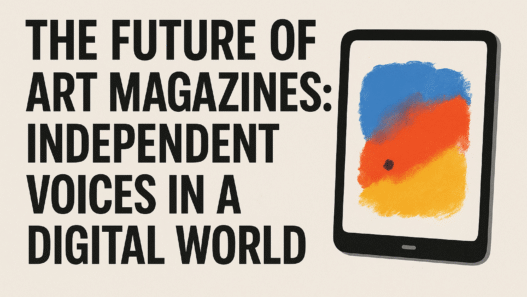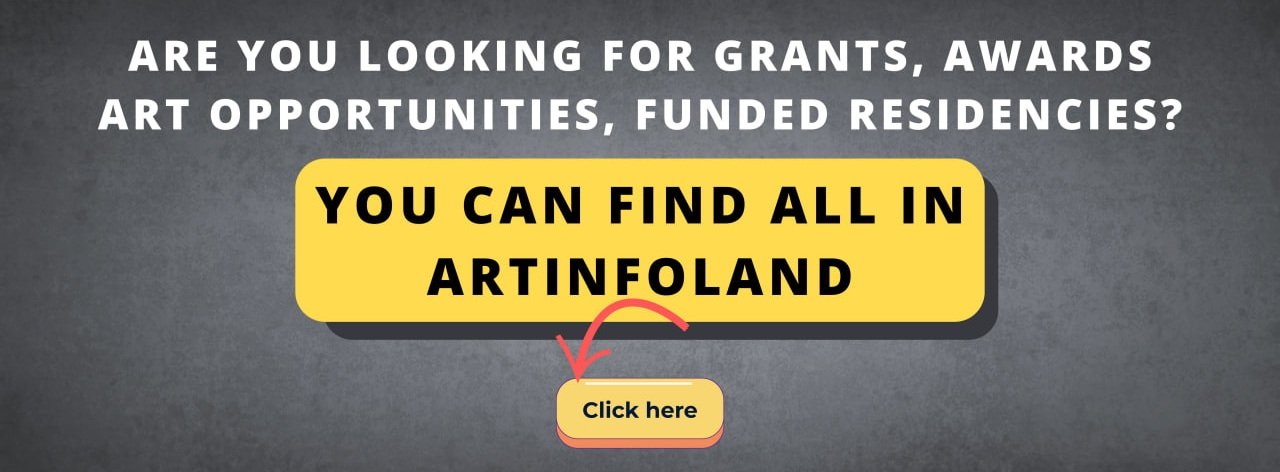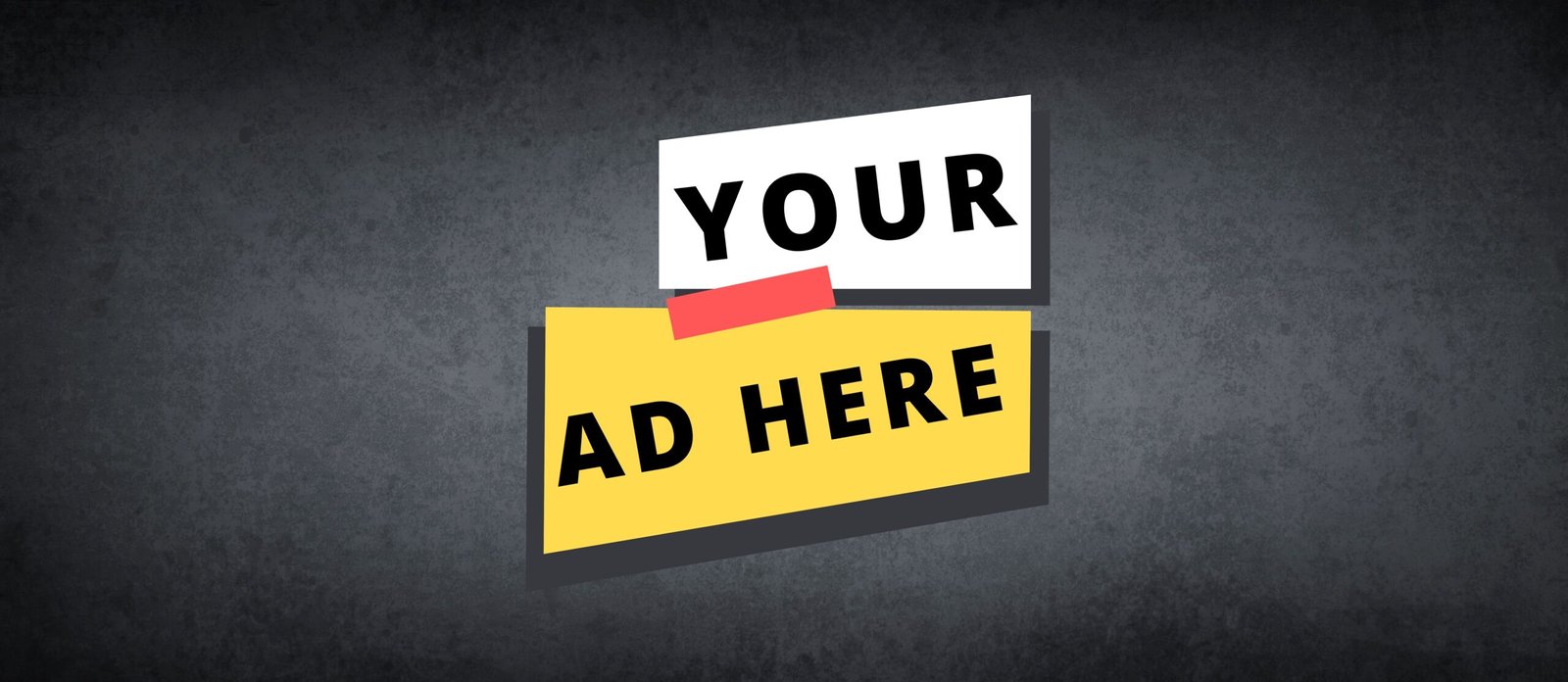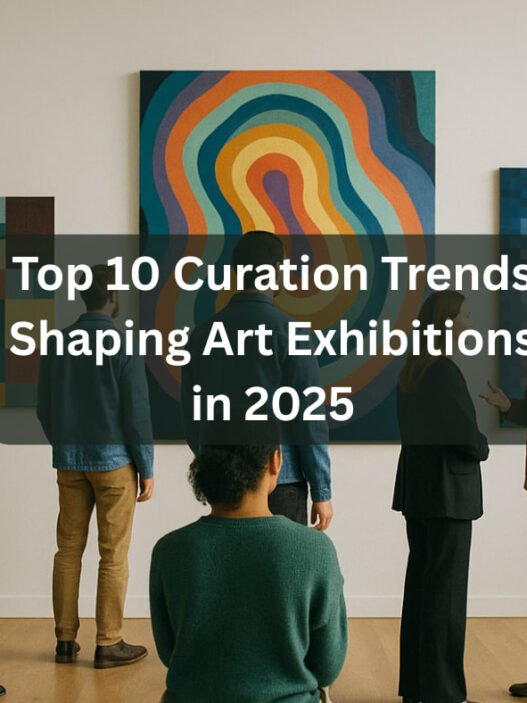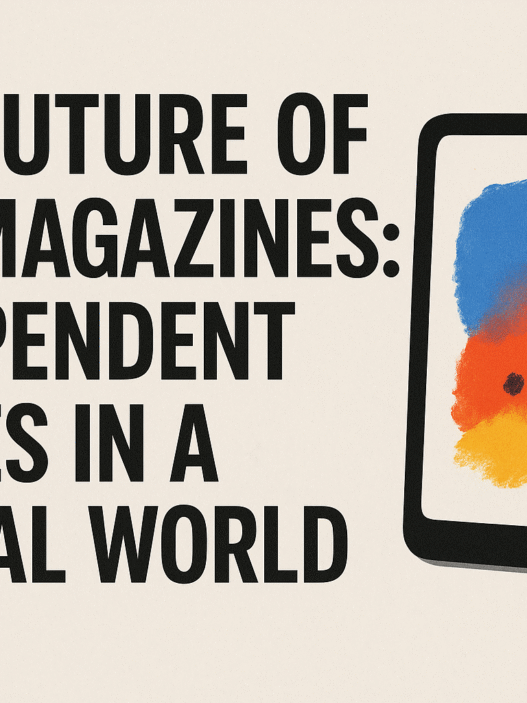In the dynamic art world of 2025, a curator plays a pivotal role as the architect behind exhibitions, weaving together creativity, culture, and technology to bring art to life. As of this evening, May 18, 2025, the art scene is buzzing with innovation, and curators are at its heart. At Artinfoland Magazine, we’re excited to explore who a curator is, what they do, and why their influence is more critical than ever in shaping the art landscape this year.
Who is a Curator?
A curator is a professional responsible for selecting, organizing, and presenting artworks or cultural artifacts in galleries, museums, online platforms, or public spaces. Their work goes beyond choosing pieces—it involves deep research into art trends, collaboration with artists, designing exhibition layouts, writing interpretive texts, and managing logistical details. In 2025, curators are also embracing cutting-edge tools like virtual reality (VR), artificial intelligence (AI), and blockchain to curate immersive experiences, such as NFT galleries or digital exhibitions, reflecting Berlin’s thriving art hub status and the global shift to online engagement.
For example, a curator might spend months researching the theme of “sustainability” to create an eco-friendly exhibit, collaborating with painters, photographers, and digital artists to tell a cohesive story. Their role demands a blend of artistic vision, organizational skill, and adaptability, making them essential connectors between creators and viewers.
What Does a Curator Do?
Curators wear many hats, balancing creativity with strategy. Their key responsibilities include:
- Selection and Research: Identifying artworks that align with a theme or narrative, often drawing from emerging trends like nature-inspired art or regional diversity.
- Collaboration: Working with artists to refine their contributions, ensuring their vision shines while fitting the exhibition’s goals.
- Exhibition Design: Planning layouts, lighting, and flow to enhance the viewer’s experience, increasingly using AR and VR for interactive displays.
- Interpretation: Crafting labels, catalogs, or digital guides to provide context, making art accessible to diverse audiences.
- Promotion and Networking: Connecting with collectors, galleries, and media to amplify the exhibition’s reach, a vital task as online art sales hit $12 billion globally this year.
In 2025, with 55% of galleries boosting digital content, curators are also mastering platforms like Instagram and Artsy to showcase virtual shows, adapting to a world where physical and digital spaces coexist.
Why Are Curators Important in 2025?
Curators are indispensable in the art world of 2025 for several reasons, shaping both artistic expression and market dynamics:
- Amplifying Artistic Voices: Curators provide a platform for emerging artists, especially from underrepresented communities, aligning with the year’s focus on inclusivity. For instance, curating a show on cultural identity can elevate voices like those from India or Saudi Arabia’s growing art scenes.
- Driving Cultural Dialogue: By selecting themes like “fear” or “climate change,” curators spark conversations that resonate with global audiences, fostering social impact—a trend gaining traction as of May 2025.
- Enhancing Accessibility: Through interpretive texts and digital tools, curators make art approachable, bridging gaps for viewers unfamiliar with contemporary works or new technologies like NFTs.
- Influencing Market Trends: With collectors increasingly active online, curators guide what gains attention, impacting sales and artist careers. Their choices in exhibitions this year could define the next wave of collectible art.
- Adapting to Innovation: As VR exhibitions and AI-assisted curation rise, curators ensure art remains relevant, blending tradition with technology to meet 2025’s demand for immersive experiences.
Their role is especially vital now, with Berlin hosting residencies like DAAD and Künstlerhaus Bethanien, where curators help artists refine their practice for international stages. This evening, as the art community reflects on recent exhibitions, the curator’s influence is clear in shaping how we experience creativity.
The Future of Curatorship in 2025
As we move through 2025, curators are poised to lead the art world into new territories. Their ability to integrate sustainability, digital innovation, and diverse perspectives ensures art remains a mirror to society. For artists applying to residencies or competitions like the Alpine Fellowship, a curator’s endorsement can be a career-defining moment. At Artinfoland, we celebrate curators as catalysts for growth, connecting our community to opportunities that define the art world today.
Whether you’re an artist seeking a curator’s guidance or a viewer appreciating their vision, their importance in 2025 cannot be overstated. Stay tuned to Artinfoland for more insights into how curators are shaping the future of art!






